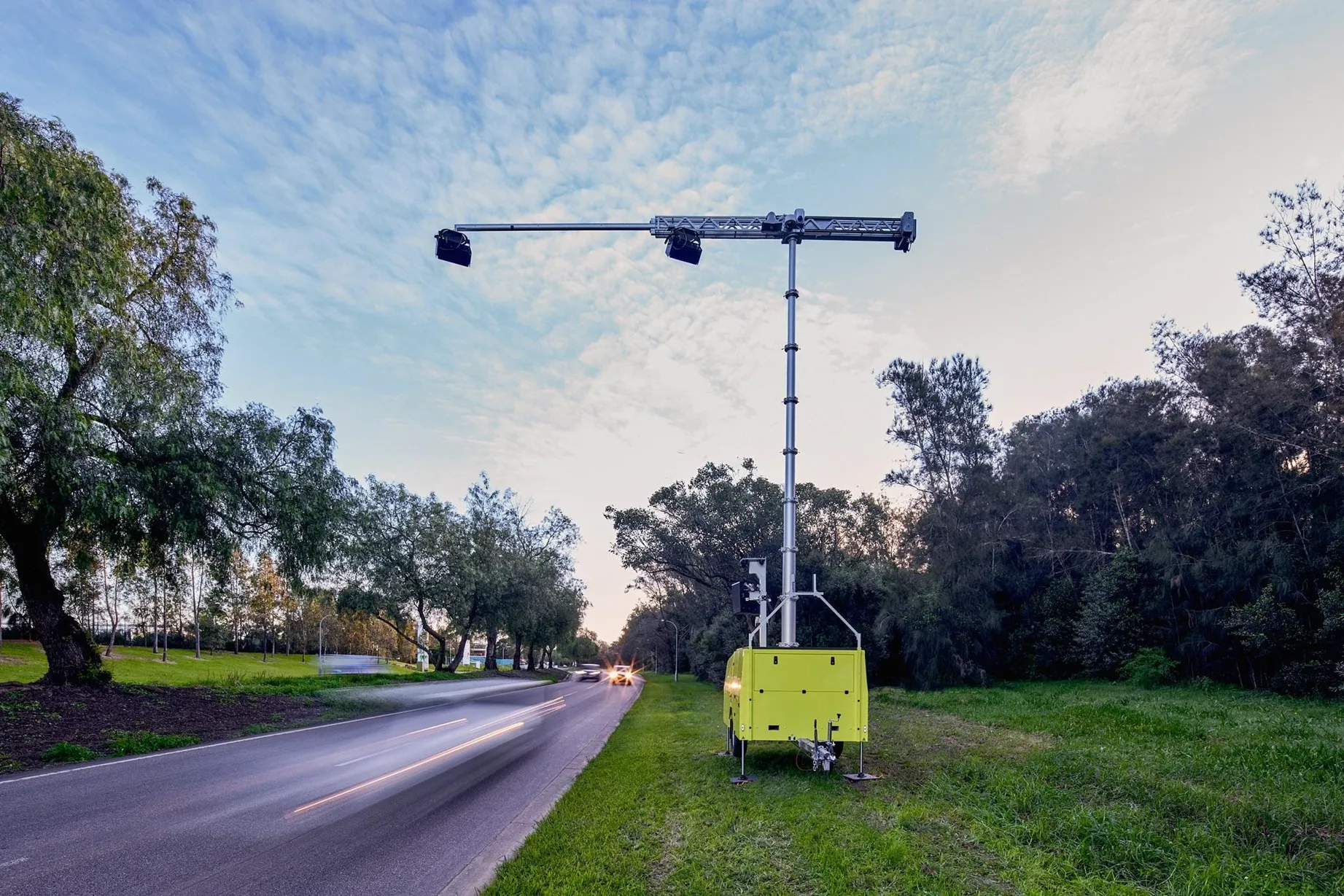In a bid to improve safety at the Sheriffhall roundabout near Edinburgh, Scotland, Clearview Traffic has been working with BEAR Scotland on an innovative accident reduction project at the complex six-arm gyratory roundabout which is used by over 42,000 vehicles per day.
The project, which Clearview says is the first of its kind in the UK, uses the company’s IRS2 intelligent hardwired road stud to increase driver awareness and improve lane discipline on and off the roundabout.
Improvements and efficien
July 15, 2014
Read time: 2 mins
In a bid to improve safety at the Sheriffhall roundabout near Edinburgh, Scotland, 557 Clearview Traffic has been working with BEAR Scotland on an innovative accident reduction project at the complex six-arm gyratory roundabout which is used by over 42,000 vehicles per day.
The project, which Clearview says is the first of its kind in the UK, uses the company’s IRS2 intelligent hardwired road stud to increase driver awareness and improve lane discipline on and off the roundabout.
Improvements and efficiencies made to the traffic signal-controlled roundabout in recent years have dramatically increased its capacity. BEAR Scotland was keen to ensure safety measures were improved in line with the increased use of the roundabout. Investigations found that inadvertent lane drifting was a significant contributory factor to negotiating it safely.
To address this issue, whilst at the same time causing minimal impact on the existing road markings and supporting infrastructure of the roundabout, BEAR Scotland and Clearview Traffic devised a unique road stud layout scheme that would guide the A720 traffic from either direction safely around and off the roundabout.
With the new system in place, as soon as the traffic signal on the entrance to the roundabout turns green, studs embedded in the road surface immediately illuminate and guide drivers onto the appropriate lanes of the roundabout. As the traffic signal turns red, all the studs on that section switch off and the studs on the next section illuminate as the corresponding traffic signal turns green. In this way, drivers now get an illuminated green phase to guide them all the way around and off the roundabout, with clear visual definition of the lanes to heighten lane discipline and reduce preventable collisions.
The project, which Clearview says is the first of its kind in the UK, uses the company’s IRS2 intelligent hardwired road stud to increase driver awareness and improve lane discipline on and off the roundabout.
Improvements and efficiencies made to the traffic signal-controlled roundabout in recent years have dramatically increased its capacity. BEAR Scotland was keen to ensure safety measures were improved in line with the increased use of the roundabout. Investigations found that inadvertent lane drifting was a significant contributory factor to negotiating it safely.
To address this issue, whilst at the same time causing minimal impact on the existing road markings and supporting infrastructure of the roundabout, BEAR Scotland and Clearview Traffic devised a unique road stud layout scheme that would guide the A720 traffic from either direction safely around and off the roundabout.
With the new system in place, as soon as the traffic signal on the entrance to the roundabout turns green, studs embedded in the road surface immediately illuminate and guide drivers onto the appropriate lanes of the roundabout. As the traffic signal turns red, all the studs on that section switch off and the studs on the next section illuminate as the corresponding traffic signal turns green. In this way, drivers now get an illuminated green phase to guide them all the way around and off the roundabout, with clear visual definition of the lanes to heighten lane discipline and reduce preventable collisions.









